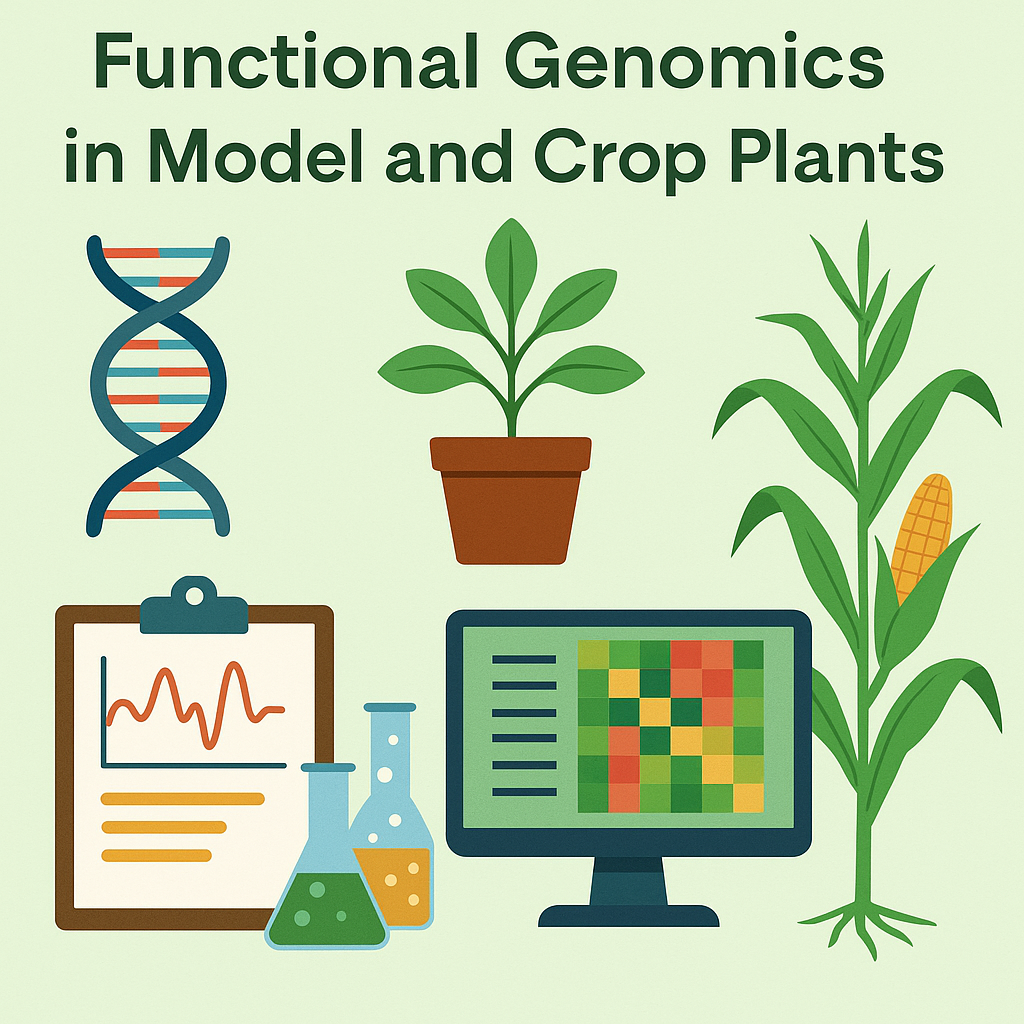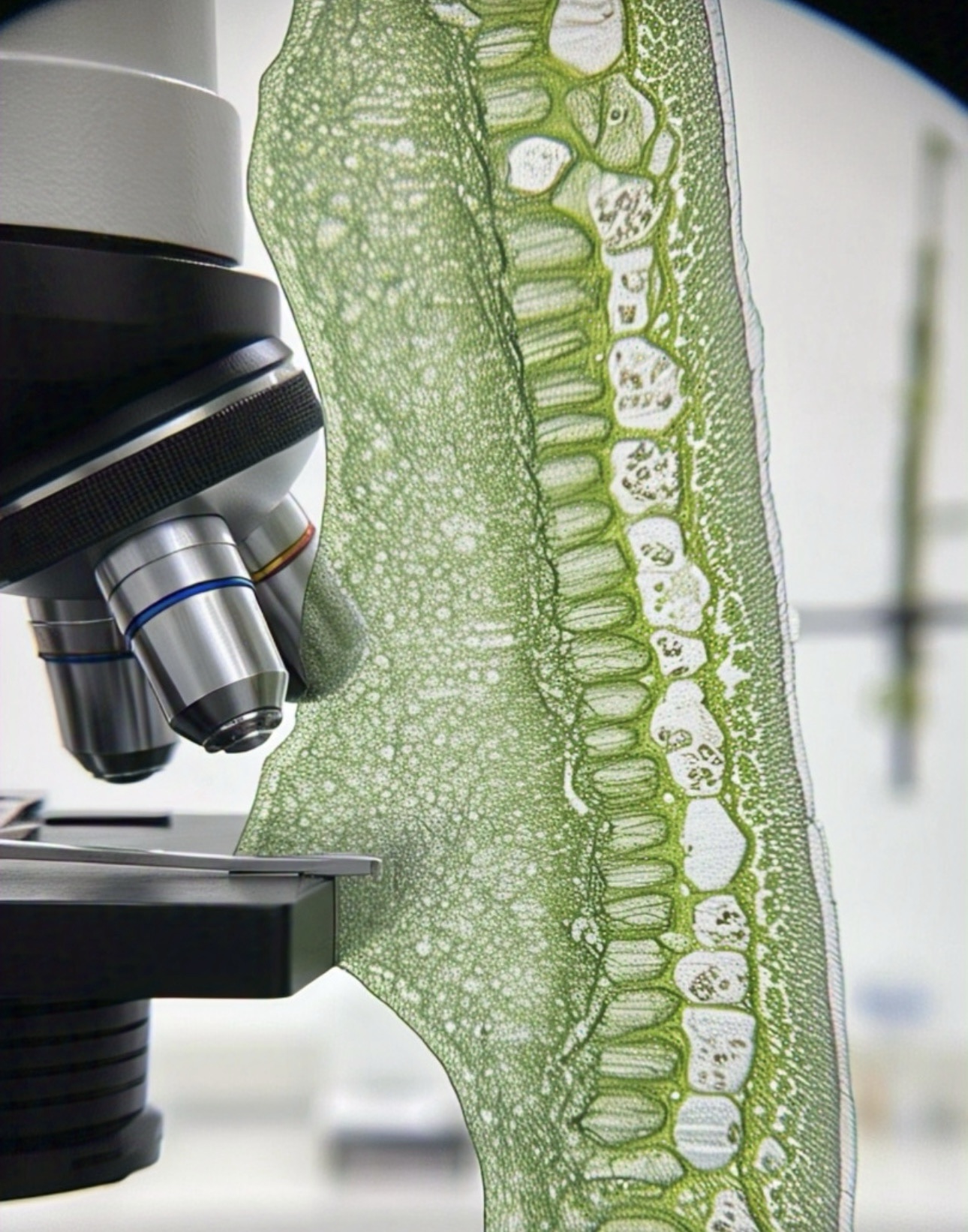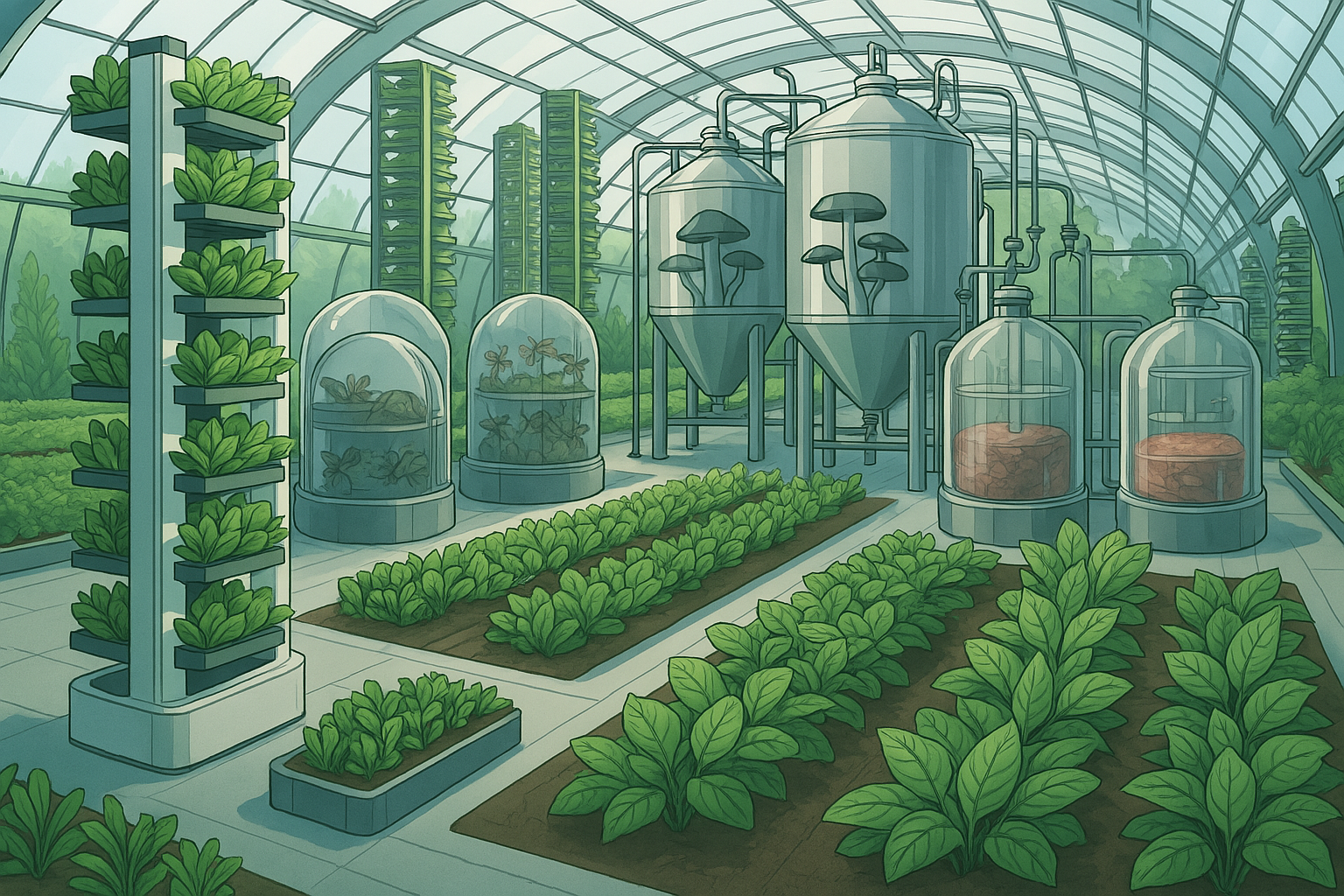In the last few decades, plant science has undergone a paradigm shift, moving from traditional trait-based breeding towards a more refined, gene-based approach. At the core of this revolution lies functional genomics—a field dedicated to decoding the dynamic roles of genes and their products within the complex regulatory networks of plants. Unlike structural genomics, which primarily deals with sequencing and mapping the genome, functional genomics focuses on understanding how each gene functions, interacts, and contributes to the overall phenotype of the plant.
The increasing urgency to combat global challenges such as climate change, declining arable land, food insecurity, and emerging plant diseases has elevated the significance of functional genomics in both basic and applied plant biology. This area of research not only deepens our understanding of plant physiology and development but also facilitates targeted improvements in crop species, thereby enhancing yield, resilience, and nutritional quality.
Understanding Functional Genomics: Connecting Genotype to Phenotype
Functional genomics is a high-throughput, systems-level approach aimed at investigating the roles, relationships, and regulation of genes within an organism. It integrates multiple disciplines such as transcriptomics (gene expression analysis), proteomics (study of proteins), metabolomics (metabolic profiling), and phenomics (phenotype expression under specific genetic or environmental backgrounds). The core objective of functional genomics is to understand how genes and their products behave under different developmental stages and environmental conditions, thus connecting the blueprint of DNA to the observable traits in plants.
These insights are crucial for identifying the molecular mechanisms underlying key traits such as stress tolerance, disease resistance, flowering time, and nutrient use efficiency. Functional genomics is not limited to studying isolated genes; instead, it involves analyzing entire gene networks and signaling pathways that regulate the plant’s response to internal and external cues.
The Role of Model Plants in Functional Genomics
Model plants such as Arabidopsis thaliana and Brachypodium distachyon have played a pivotal role in advancing functional genomics. The small, well-annotated genomes, short generation times, and ease of genetic manipulation in these species make them ideal systems for exploring gene function in detail. Arabidopsis thaliana, often referred to as the ‘fruit fly’ of plant biology, was the first plant to have its genome completely sequenced. Since then, it has served as a genetic reference for comparative studies in other plant species, including many economically important crops.
Insights gained from model organisms are often transferred to crops through a process known as translational genomics. This approach allows researchers to identify homologous genes in crop plants and infer their potential functions based on data from model systems. For example, the DREB family of transcription factors involved in drought and salt stress responses was first characterized in Arabidopsis and later applied to rice and wheat for developing stress-resilient varieties.
Transcriptomics: Illuminating the Expression Landscapers
Among the various tools employed in functional genomics, transcriptomics has become an essential pillar. It involves analyzing the RNA transcripts produced in a cell or tissue to determine which genes are active, when, and to what extent. This helps in mapping out expression profiles during development or in response to environmental stresses such as drought, salinity, or high temperature.
RNA sequencing (RNA-Seq) has largely replaced microarrays due to its higher sensitivity and resolution. Using RNA-Seq, researchers can now monitor the entire transcriptome of a plant in a single experiment, identifying differentially expressed genes under specific conditions. For instance, transcriptome analysis in drought-stressed wheat has led to the discovery of stress-inducible genes such as late embryogenesis abundant (LEA) proteins, heat shock proteins (HSPs), and abscisic acid-responsive transcription factors.
Single-cell transcriptomics is an emerging field that allows expression profiling at the resolution of individual cells, providing insights into cell-specific gene functions during tissue development or stress adaptation. This technology has the potential to map the cellular atlas of plants with unprecedented detail.
Proteomics: The Machinery Behind Plant Functions
While transcriptomics tells us which genes are expressed, proteomics reveals which proteins are actually synthesized and how they function. Proteins, not RNA, carry out most of the biochemical activities in cells. Post-translational modifications such as phosphorylation, glycosylation, and ubiquitination often regulate protein function, localization, and stability. Therefore, studying proteins offers a more direct understanding of plant physiology.
Proteomic analyses in crops like maize, rice, and soybean have identified key proteins associated with abiotic stress tolerance, including reactive oxygen species scavengers, membrane transporters, and molecular chaperones. For example, heat-tolerant maize varieties show increased abundance of small heat shock proteins and ATP synthase subunits under thermal stress. These findings are instrumental in selecting candidate genes for engineering stress-resilient plants.
Advanced techniques such as liquid chromatography-tandem mass spectrometry (LC-MS/MS) and protein interaction studies have significantly improved our ability to quantify proteins and understand how they interact in complex networks within plant cells.
Metabolomics: Profiling the Plant’s Chemical Language
Metabolomics complements transcriptomics and proteomics by providing a snapshot of the biochemical state of a plant. It involves the identification and quantification of small molecules (metabolites) such as sugars, amino acids, organic acids, and secondary metabolites. These molecules are the end products of cellular processes and can reflect the functional output of genes and proteins.
Metabolomics plays a crucial role in understanding plant responses to stress, nutrient availability, pathogen attack, and developmental cues. In rice, salinity stress has been shown to increase the levels of osmoprotectants such as proline, trehalose, and glycine betaine, which help stabilize proteins and membranes. Metabolomic profiling has also been applied to evaluate nutritional quality in crops, such as the enhancement of provitamin A in biofortified golden rice.
Technologies like gas chromatography-mass spectrometry (GC-MS), liquid chromatography-mass spectrometry (LC-MS), and nuclear magnetic resonance (NMR) spectroscopy are widely used to conduct metabolic profiling in plants.
Reverse Genetics and Gene Editing: From Sequence to Function
A central aspect of functional genomics is the ability to manipulate genes and observe the resulting phenotypic effects—a process known as reverse genetics. By disrupting, silencing, or overexpressing specific genes, researchers can infer their biological roles.
Gene knockout techniques, including T-DNA insertional mutagenesis and transposon tagging, have been extensively used in Arabidopsis and rice. RNA interference (RNAi) has been employed to downregulate gene expression and study metabolic and regulatory pathways.
The emergence of CRISPR/Cas9 genome editing has revolutionized functional genomics by enabling precise, targeted modifications in plant genomes. In tomato, CRISPR has been used to knock out genes controlling fruit ripening and disease susceptibility. In rice, editing the OsSWEET genes has enhanced resistance to bacterial blight without affecting plant development. The ease, efficiency, and accuracy of CRISPR have opened new doors for functional studies in both model and non-model crops.
Applications in Crop Plants: Bridging Discovery and Innovation
The knowledge generated through functional genomics is being actively applied to improve major crop species, including rice, wheat, maize, soybean, and Brassicas. In rice, gene expression analysis has identified key regulators of stress responses such as OsNAC, OsbZIP, and OsLEA families. Gene-editing approaches have been employed to enhance grain size, reduce chalkiness, and improve nutrient use efficiency.
In wheat, functional markers derived from genomics studies are used in marker-assisted selection (MAS) to introgress quantitative trait loci (QTLs) for drought, salinity, and heat tolerance. Similarly, transcriptomic and proteomic analyses have provided insights into stress-responsive mechanisms in Brassica juncea, aiding in the development of varieties with improved thermotolerance and water-use efficiency.
In legumes, functional genomics is being used to unravel symbiotic nitrogen fixation pathways, while in fruits like banana and tomato, it helps improve flavor, shelf-life, and disease resistance. Oilseeds such as soybean and canola are being engineered for enhanced oil composition and pest resistance based on functional gene studies.
Functional Genomics and the Future of Sustainable Agriculture
With the global population expected to reach 10 billion by 2050, the demand for food, feed, and fuel will grow exponentially. Conventional breeding approaches, while successful in the past, are now limited by their pace and inability to address complex trait combinations. Functional genomics offers a powerful alternative by enabling precise identification and manipulation of genes governing traits like drought tolerance, nutrient efficiency, and pest resistance.
The integration of functional genomics with phenomics, remote sensing, machine learning, and synthetic biology is giving rise to a new era of smart agriculture. Multi-omics approaches are now being used to model gene-to-phenotype relationships, allowing breeders to predict plant performance even before field trials. Functional genomics also underpins metabolic engineering for producing high-value phytochemicals, vaccines, and biodegradable plastics in plants.
Challenges such as gene redundancy, trait pleiotropy, and environmental interactions remain, especially in polyploid crops. However, advances in computational biology, AI-based gene prediction, and network modeling are rapidly addressing these limitations.
Conclusion
Functional genomics has transformed our ability to explore and manipulate plant genomes in ways that were unimaginable just a few decades ago. It enables a deeper understanding of gene functions, interactions, and networks that drive plant growth, development, and stress responses. From model plants like Arabidopsis to global staples like rice and wheat, the insights gained from functional genomics are accelerating the development of climate-resilient, high-yielding, and nutritionally enriched crops.
As we stand at the crossroads of biology, technology, and sustainability, functional genomics serves as a cornerstone for building the future of agriculture. By bridging the gap between molecular discoveries and field-level applications, it empowers us to design crops that are not only productive but also equipped to thrive in the changing environment.










